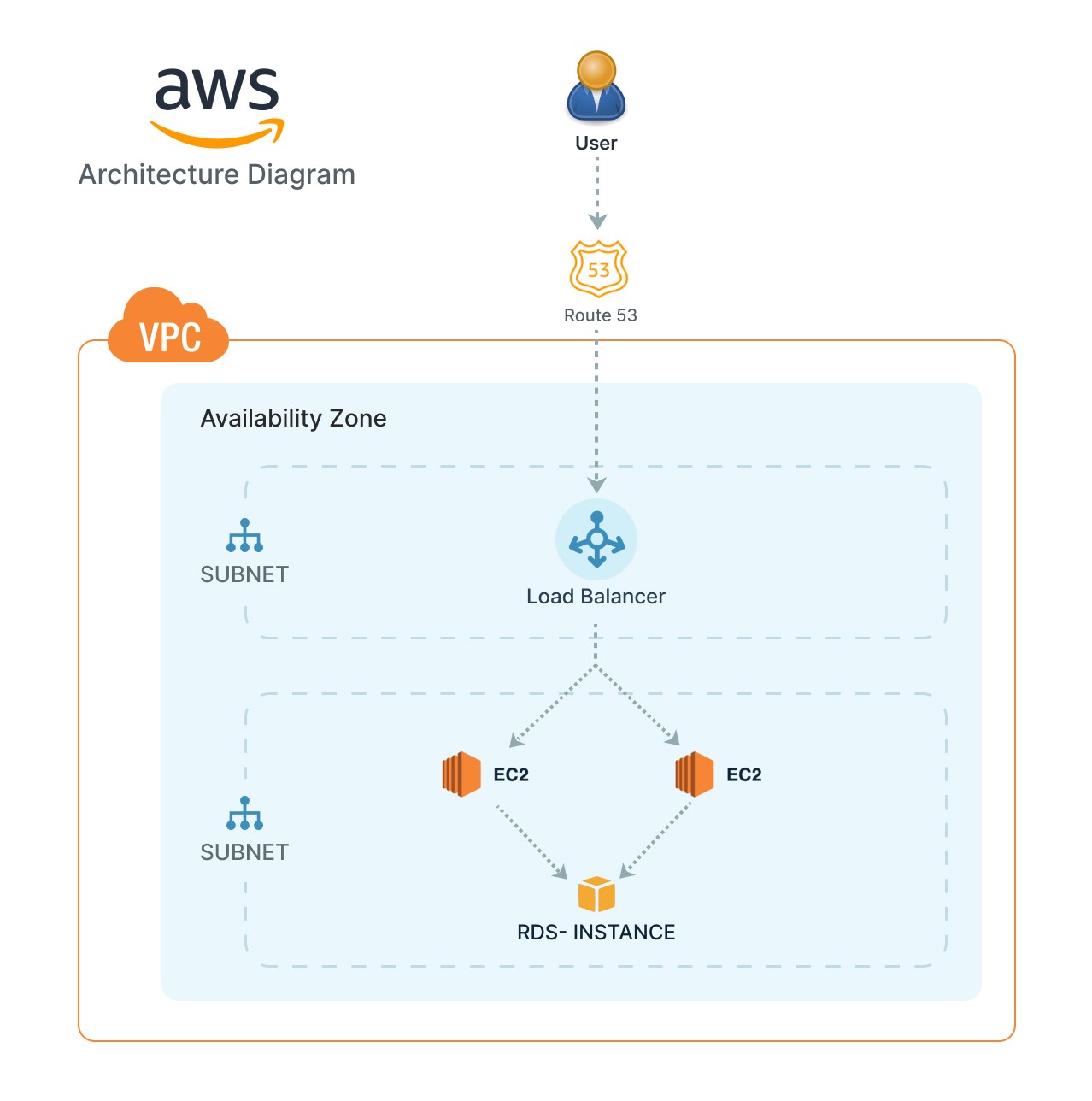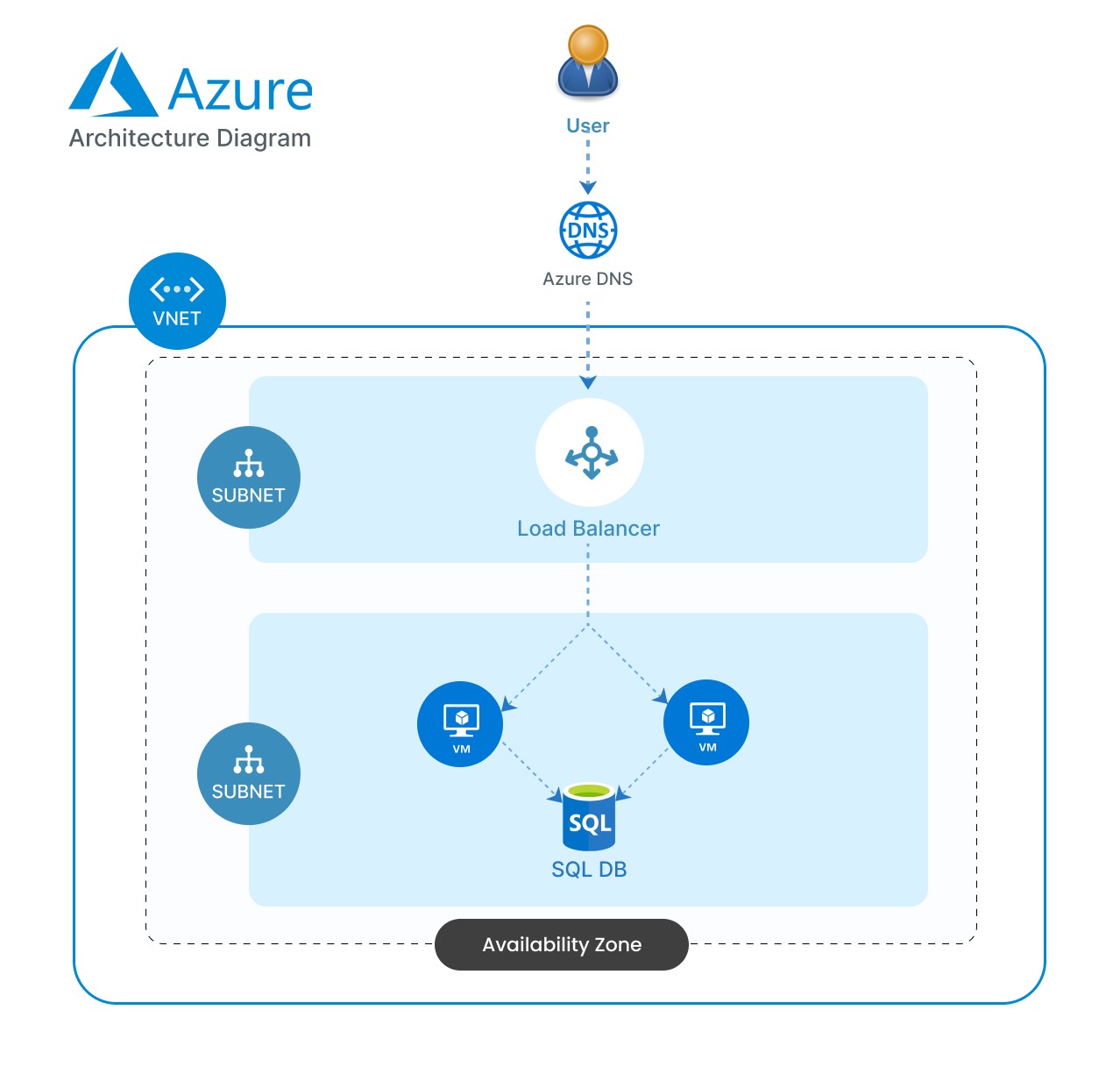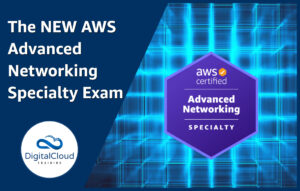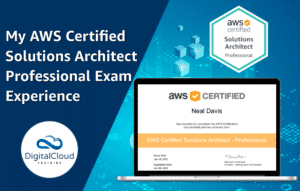Is Azure easy to learn if you know AWS?
Please use the menu below to navigate the article sections:

Modern application development is based on cloud-native technologies. There are many cloud vendors, and each carries its own set of pros and cons. The top three cloud giants are AWS, Azure, and Google. If you are already AWS certified, you may be wondering if Azure is easy to learn? The short answer is yes, Azure is easy to learn if you already know AWS for many reasons:
- Basic architecture concepts are the same across all the cloud vendors
- Cloud native concepts (IaaS, PaaS, SaaS) are the same across all cloud vendors
- Both Azure and AWS have a similar set of services and infrastructure
If you take the example of database, AWS has a NoSQL database service called DynamoDB. On the other hand, Azure also offers a NoSQL database called CosmosDB. Another example is the Message queue. AWS provides SQS as a message queue, while Azure has a storage queue that provides a similar service.
You will notice, however, that Azure has one advantage over AWS in terms of terminologies. The names of Azure services are simple and portray the purpose of the service. Even a novice can understand the service just by looking at the name of the service. This is not the case with AWS, where service names are unique, and you need to understand the underlying service behind the name. Take the example of the DNS service. Azure’s service is named Azure DNS, which clearly tells the purpose of the service. The name of AWS’s DNS service is Route53 which does not convey the purpose of the service.
Let’s explore other aspects of learning Azure if you are already AWS-certified.
Comparing a sample architecture for AWS and Azure
Let’s compare a sample architecture for AWS and Azure. The below illustrations and explanations will elaborate that Azure services are very similar to AWS, and the difference is mainly in the terminology.
AWS Architecture

Below, you’ll find a brief explanation of the architectural components involved in the above diagram.
VPC: A virtual private cloud is just a logical section in which we create different resources. It is used because we need an isolated environment to create and manage different services in it.
Availability Zone: AZs are physical data centers in which cloud services originate and operate. In one region, there can be two or more availability zones.
Subnet: We launch resources such as EC2 into subnets. A subnet defines a range of IP addresses. We use it to connect to the internet and route traffic to and from other subnets.
Load Balancer: LB is used for distributing incoming network traffic across a group of servers. We use it for managing the load.
EC2: These are virtual machines that we spin in data centers and deploy our applications in.
Route53: The AWS service to resolve the DNS. It resolves the domain name to the IP address where the application is hosted.
RDS: In the AWS world, RDS stands for relational database service which supports all the major RDBMS providers, including MySQL, MS SQL, PostGreSQL, etc.
Azure Architecture

Below, you’ll find a brief explanation of the architectural components involved in the above diagram.
VNET A virtual network is a logical section in which we create different resources. It is used because we need an isolated environment to create and manage different services in it.
Availability Zone: Availability zones are physical data centers in which cloud services originate and operate. In one region, there can be two or more availability zones.
Subnet: We launch resources such as VMs into subnets. A subnet is logical range of IP addresses. We use it to connect to the internet and route traffic to and from other subnets.
Load Balancer: A load balancer is used for distributing incoming traffic across a group of virtual machines. It is used to manage the load of incoming client requests.
VM: These are virtual machines that we spin in data centers and deploy our applications in.
Azure DNS: The Azure service resolves the DNS. It resolves the domain name to the IP address where the application is hosted. It is the same as AWS Route53.
SQL DB: The SQL DB service provided by Azure is purely a cloud-based database-as-service.
How does Azure charge for its services compared to AWS?
Let’s compare how AWS vs Azure charge their customers for their services
- AWS is slightly more expensive than Azure for windows servers and SQL servers.
- Both AWS and Azure provide windows server free of charge for the first 12 months.
- AWS EC2 instances running windows were historically charged per hour, but now they are charged per second. However, Linux instances billing is still the same (i.e., per second).
- Azure VM’s are charged per minute. For example, if we run a VM for five minutes and thirty seconds, we will be charged for five minutes only. The pricing model of Azure for windows and Linux is the same (i.e., per minute).
Mapping of Azure certifications with AWS certifications
Let’s compare the AWS certifications with Azure certifications. While overall, the certification and learning paths seem very similar, there are few certifications that are offered by only one provider. For example, AWS does not offer IoT certifications, but Azure does.
FUNDAMENTAL CERTIFICATIONS
| Azure | AWS |
|---|---|
Azure Fundamentals |
ASSOCIATE-LEVEL CERTIFICATIONS
| Azure | AWS |
|---|---|
| Azure Administrator | AWS Solutions Architect Associate |
| Azure Developer | AWS Developer Associate |
| AWS Sysops Associate |
PROFESSIONAL-LEVEL CERTIFICATIONS
| Azure | AWS |
|---|---|
|
Azure Solution Architect Expert | |
|
Azure Devops Engineer Expert |
SPECIALITY CERTIFICATIONS
| Azure | AWS |
|---|---|
|
Azure Security | |
|
Azure Data Scientist, Azure Data Engineer | AWS Machine Learning, AWS Data Analytics |
|
Azure AI Engineer, Azure IOT Engineer |
There are IOT services in AWS but no specific certifications |
Learning Azure is easier for those with a Microsoft background
Learning Azure is even easier if you hail from a Microsoft background. If you have experience working with windows environments or you have worked as a Windows administrator either on cloud or on-premise infrastructure, then it will be easier for you to secure an Azure certification. This is because Azure is from Microsoft, and it has strong integration with Microsoft products, including windows OS and windows associated software. For example, it is very easy to construct a hybrid cloud environment by combining on-premise windows servers with Azure cloud instances.
Conclusion
Having discussed the various similarities between AWS and Azure services, it becomes evident that both cloud vendors share a lot of commonalities – including services, infrastructure, types of virtual machines, IaaS services, or PaaS services.
If you are already AWS certified, then passing an Azure certification should not be that challenging. This is especially true if you are going for an Azure certification in the same area in which you already have earned an AWS certification. Revisit the certification mapping of Azure and AWS that we provided in this article to easily identify which Azure certification corresponds to the relevant AWS certification.
Last but not least, keep in mind that having both Azure and AWS certifications will add a lot of value to your skillset and will increase your chances of landing your dream job in the cloud industry.
Ready to Take Your Tech Career to the Next Level?
On-Demand Training: Learn at your own pace and on your own schedule.
Challenge Labs: Apply what you’ve learned in a real-world setting without the risk of incurring surprise cloud bills.
Cloud Mastery Bootcamp: Build job-ready skills with this live, immersive training that can get you certified faster than you thought possible.





Responses